Game ranching in Africa is big business, farming wild animals that unlike regular livestock have evolved there and don’t need much care. What they do need is space. South Africa’s most famous reserve, Kruger National Park, is an 8,000-square-mile chunk of wilderness on the border with Mozambique, but private land stocked with wildlife covers almost ten times that area.
Ranchers stock their property at game auctions where animals are sold to ranchers who either want to introduce a species or add a new bloodline. In 2019, American cattle breeders were delighted when an Angus bull sold in North Dakota for a record $1.51 million. But in 2016, the winning bid for a stud buffalo in South Africa was close to $10 million. Buyers look for features that can be passed to the next generation: black-maned lions are popular, as are giraffes with pronounced rather than pale patterns on their hide. For buffalo, big horns are favored by tourists on photographic safaris — and by hunters seeking a trophy to hang on the wall.
There are strict laws on transporting animals, for human safety and theirs. A truck that overturns on a highway can block traffic. If the same accident releases an angry, injured hippo the problem is considerably worse.
It’s been a boon for conservation. The bontebok — a brown and white antelope found only in southern Africa — once roamed in their millions and were shot to make way for farming. At the start of the twentieth century there were just seventeen left in the wild, but today there are more than a thousand in national parks and at least 7,000 on private land.
Fly from any airport in South Africa, and the duty-free store is adorned with zebra-hide rugs, buffalo belts and cushions made from springbok skin. Butchers sell meat from kudu, impala and wildebeest alongside pork and beef. All of it farmed.
On a game ranch, giraffe or antelope aren’t herded about like sheep. They are wild as they have always been, but regarding them as economic assets only began in the 1950s when two Fulbright scholars from the US, Raymond Dasmann and Archie Mossman, set out to prove that on a continent where no wild mammals had been domesticated, they could be raised for market.
Their experiment took place on a sprawling ranch in Rhodesia (now Zimbabwe) where antelope, zebra and buffalo were being steadily replaced by cattle, which require disproportionate grazing and water access compared to the native candidates the scientists had in mind. Over several years, logging the cost of every input and counting each species to ensure the core population didn’t drop when some were shot for meat, the venture soon turned a profit. The “stock” was already there, it multiplied itself, remained unaffected by diseases that felled domesticated livestock and didn’t need to be corralled at night.
The work of Dasmann and Mossman has developed into a science so complex it is taught at universities. Dr. Kuda Musengi lectures at the Southern African Wildlife College near Hoedspruit on the border of Kruger Park; he says wild spaces around the world need special care from both the state and private sectors.
“Go back just four centuries and there were less than 600 million people on the planet. Britain had wolves and there were dodos on Mauritius and grizzly bears in California. All gone and the world has 8 billion people who need a place to live and food to eat.”
Dr. Musengi says arguments over the reintroduction of wolves at Yellowstone National Park in 1995, when farmers feared they might stray and kill livestock, were familiar to Africans as well. “On much of our commercial land, the game had been exterminated. Now, vast estates are rewilding, but what happens when your cheetah goes to the neighbor’s dairy farm and picks out a calf for lunch? That’s what we teach when you take a degree in game management — a mix of law, science and economics.”
He describes formulas used to calculate the carrying capacity of land for anything from goats to gazelles — amounts of pasturage and fodder, for example, and obviously rainfall must be taken into account. “With enough vegetation, the herbivores will thrive, predators will keep them in balance and the excess can be sold for meat and leather. The difference with game is that tourists will pay top dollar to reconnect with the environment, and sometimes to hunt. It’s a good business model.”
But it can be controversial, notably regarding rhinos and lions.
The white or wide-lipped rhinoceros is a docile giant that ignores the approach of humans; by the late nineteenth century their numbers had collapsed from overhunting. The last viable population was in Zululand where in the 1950s and Sixties game ranger Ian Player set about not only breeding the rhinos but began to send the offspring to countries where they’d become extinct. His worry was that a disease in one isolated population could see the species lost forever.
Some were sold to ranchers, others went abroad, including a pair that came to the San Diego Zoo where their first calf was born in 1972. Today there are more than 200 white rhinos at zoos across the US.
There are now an estimated 16,000 white rhinos in Africa, but in recent years poaching has seen thousands killed, including at Kruger, though few are lost on private land. The horn has long been prized in Asian traditional medicine, though its power is imaginary — it’s made of keratin, the main component of human nails and hair. A global ban on the trade has merely driven up the price.
Pelham Jones is chairman of the Private Rhino Owners’ Association, a collection of some 250 African ranchers who have the animals on their land. He believes a controlled sale of rhino horn would put the poachers out of business.
“Tons of horn are sitting in storerooms, mostly in care of governments, from Cape Town to Kenya. If this was sold, and the proceeds used for conservation, it would deliver more than $4 billion to a sector deeply short on cash.”
In South Africa alone, says Jones, at least $100 million — around $6,000 per rhino — is spent annually at state and private reserves, just to keep them safe.
Critics say legalizing the trade would increase demand. Jones argues the demand is already there, as evidenced by the rise in poaching. “If the goal is to save rhino lives, then all options must be on the table.”
Jones said some owners tranquilize their rhinos and saw off the horn. “It has no nerves so the procedure is painless, like cutting your hair. And, like hair, it regrows. If sales were legal, we could harvest the horn and put a cash value on the species, more reason to keep them safe.”
South Africa has an estimated population of 2,000 lions in the wild, and more than double that number in captivity for “canned hunting.” Bottle-raised from cubs, they become tame as dogs and unable to catch food for themselves. Three years on and full grown, the lion is set loose on a fenced piece of bushland where a hunter who has paid up to $30,000 will shoot it.
The skin goes with the client back to the US, Russia and, increasingly, the Middle East. Lion bones are sold in Vietnam and China for medicine. Opponents say it’s an unsporting slaughter that should be stopped. Defenders claim it saves wild lions from being hunted, and that the bones replace those that would have come from Asian tigers, which are far more endangered.
Dr. John Hanks, who is regarded as a pioneer of wildlife management in Southern Africa, says there are no easy answers. “Just what thrill people get from shooting a tame lion I can’t imagine. But it has taken the pressure off wild lions. And reduced the demand for tiger bones.”
He says the lions are sometimes raised in small cages with no room to exercise. “That is indefensible. But one must also look at Kenya where all hunting has been banned since 1973: it did nothing to halt a collapse in their numbers of rhino, elephant or lion.”
Hanks says good law-making is at the heart of conservation. “In South Africa wild animals are considered property of the landowner, just like cattle. In Zambia they’re owned by the state, even if they compete with your livestock for grazing, so there’s less reason to save them. Kenya has even outlawed the sale of game meat.” Though it’s not an easily solved problem, Hanks says he agrees with the late Kenyan conservationist Richard Leakey, who said wildlife had to “pay its way.”
Hanks finds this depressing. “But we live on a hungry continent with 1.4 billion people who need to see a benefit in setting aside these enormous tracts of land.” The wilderness could create jobs, prosperity and a better life for all, he says, “but only if we manage it that way.”
If big-game ranching was invented in Africa by US academics, it’s come full circle. These days a Texas auction house sells locally raised animals originating in Africa and Asia along with American bison; the buyers are farmers who create a safari experience — photos or hunting — without the long-haul flight.
But prices are high. A kudu that might fetch $500 in South Africa sells for $5,500. And there are risks in releasing animals from other continents. Introduced deer soon became invasive pests in New Zealand as, famously, did rabbits in Australia. The late drug lord Pablo Escobar imported four hippos to his estate in Colombia. When he died in 1993, they wandered off and there are now more than 100 in local rivers, posing a threat to inhabitants of the area.
By contrast, indigenous rewilding has been a blessing for the US.
Ola Lundemo is an assistant professor at the University of Arizona’s School of Natural Resources and the Environment. Originally from Norway, he spent seventeen years as an ecotourism specialist in South Africa.
“The recovery of bison in North America was in part due to private landowners,” he said. “Originally their numbers were above 60 million, but with hunting and open slaughter, by 1889 they were down to just 541. Now there are more than 30,000 in conservation.
“There are birds, once extinct in the wild, that have been reintroduced from captive collections, and the revival of rhinos, bontebok and black wildebeest in South Africa has been a joint effort between the state and private sector.”
Lundemo says the growing market in moose and bison meat was a sign that Americans see their native species as more than a novelty. “We must always encourage an emotional link to the wilderness but it’s an easier sell if we can also talk in dollars.”
He said this was especially true in countries where poverty is high, and people with little to eat view wild animals as a source of food.
“Better we create more jobs in conservation. More tourism of course, and economic models that link the environment to the GDP of a nation. That way, a hundred years from now, these amazing creatures will still be with us.
“This is surely the greatest prize of all.”
This article was originally published in The Spectator’s April 2024 World edition.



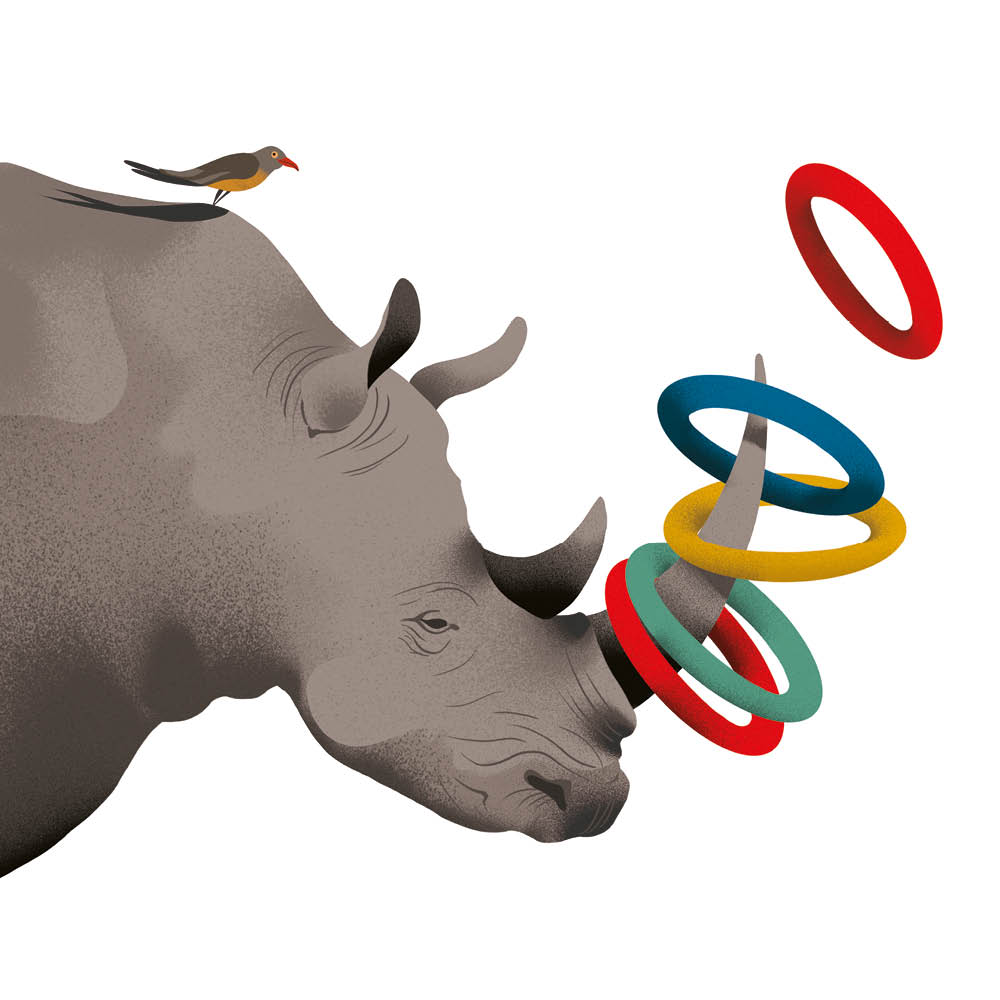







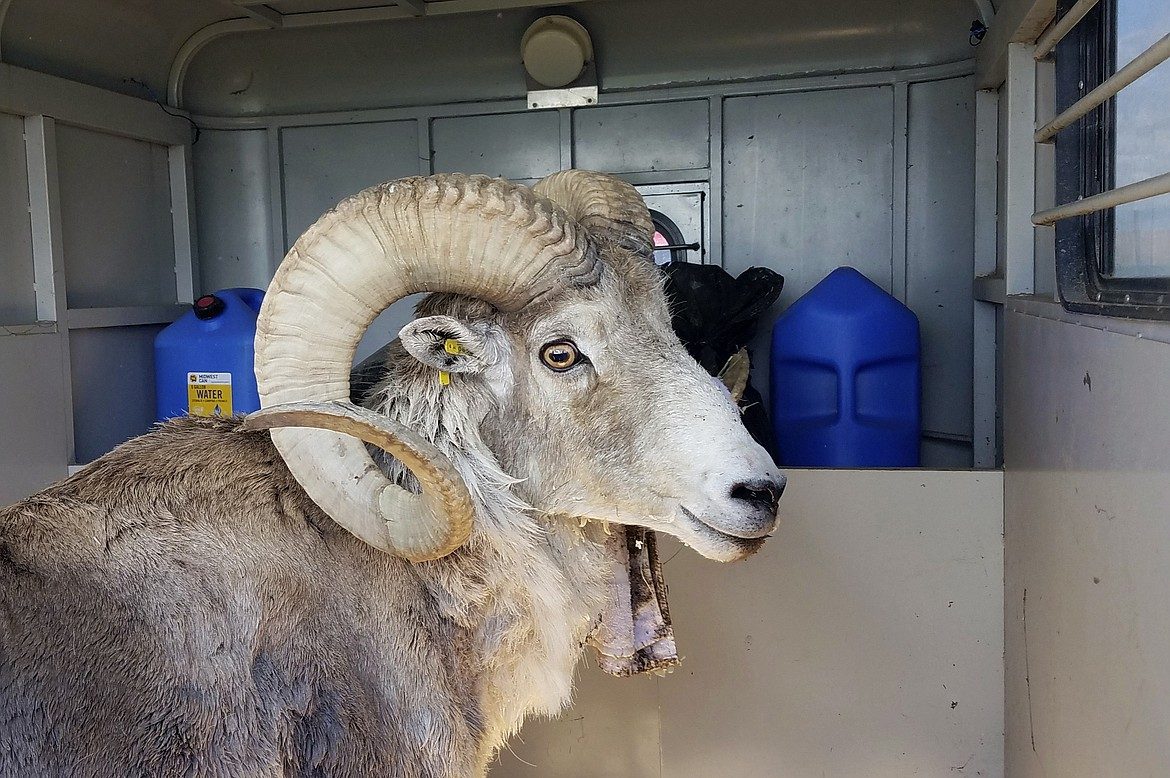
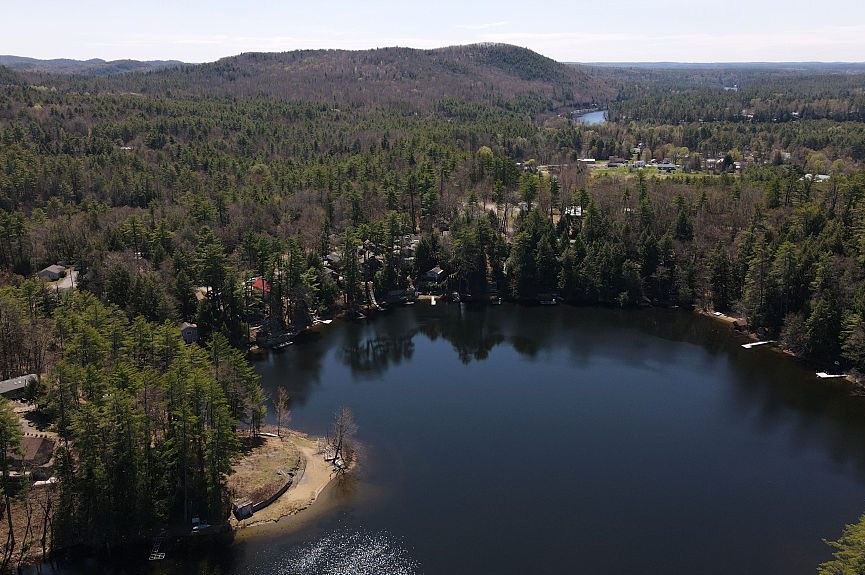
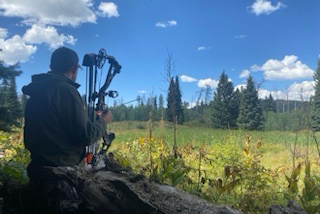
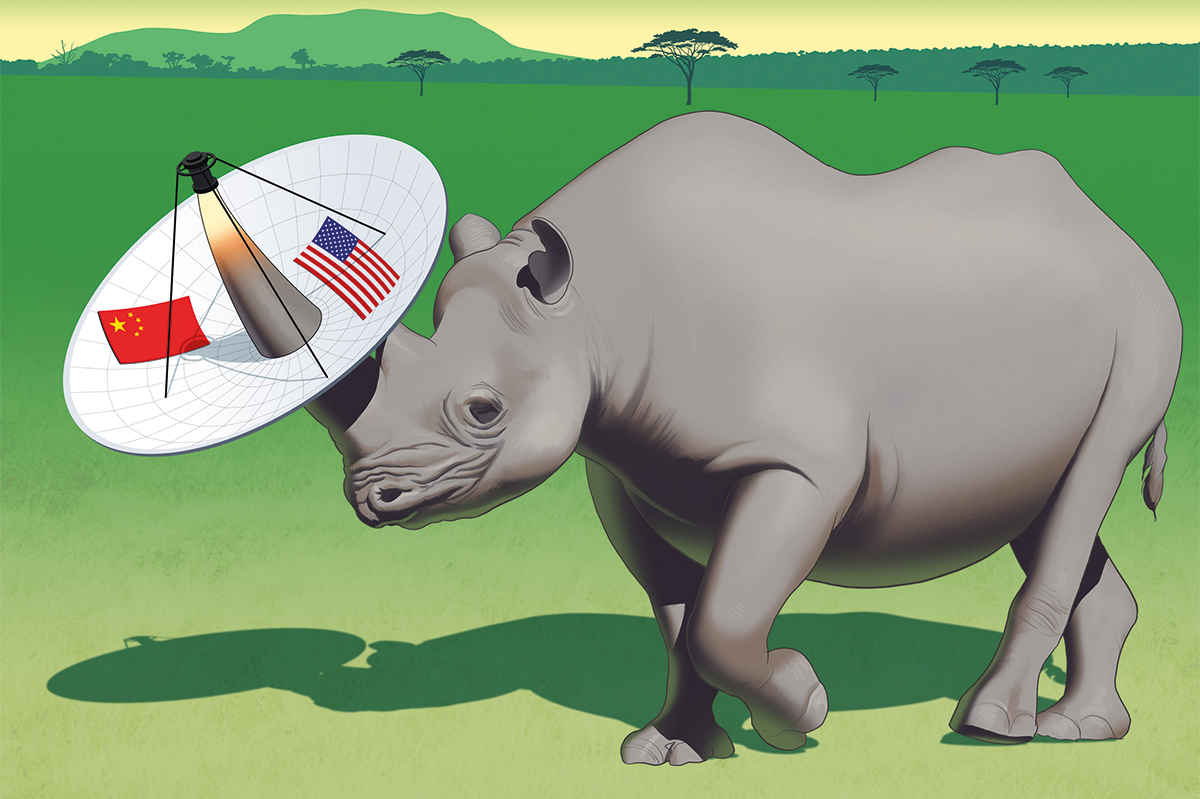
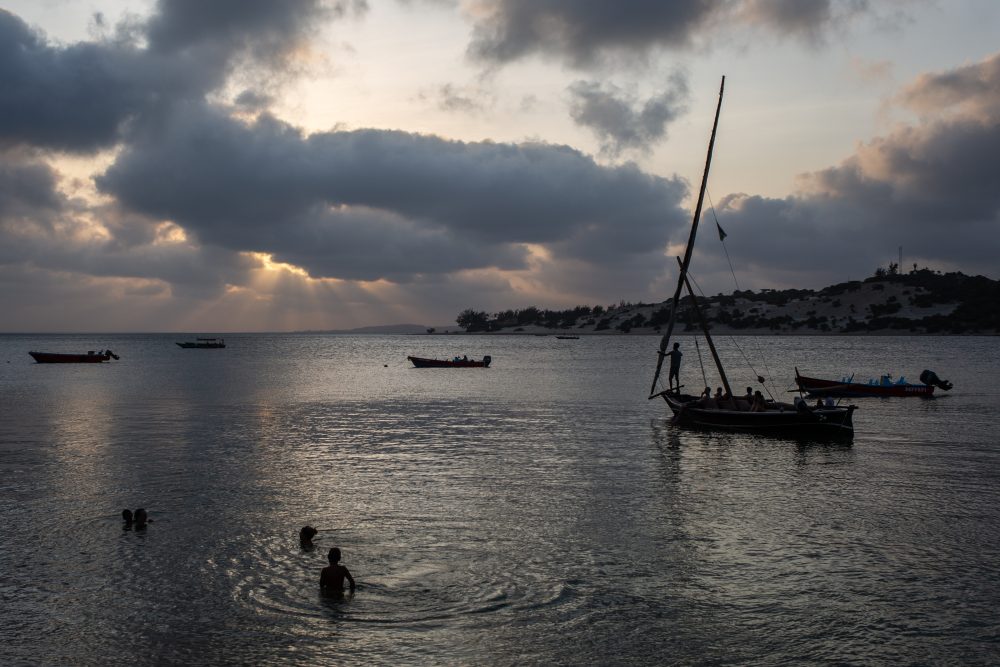







Leave a Reply